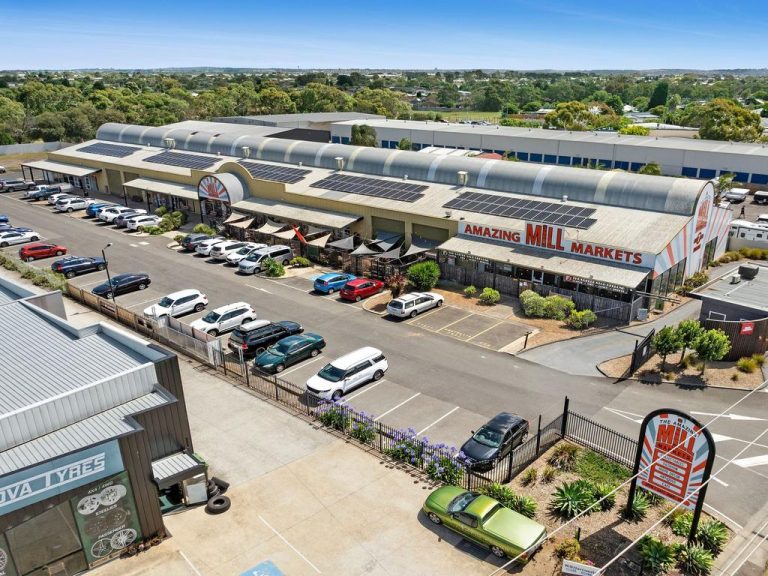Oxford Properties backs towers and living to grow local operation

Parkline Place in the Sydney CBD is being delivered by Investa for Oxford Properties Group and Mitsubishi Estate Asia
For Canadian giant Oxford Properties, best known locally for backing the Investa funds platform, Australia remains a top bet.
“We’ve put six and a half billion dollars to work since 2018 and my expectation, as we look out for the next five years, I hope that it’s even higher than that,” chief investment officer Chad Remis said.
The group is best known for swooping on Investa’s listed office fund in 2018 and taking a stake in the platform two years later. But it has ambitions well beyond offices.
Mr Remis said the combination of a global swing back towards commercial real estate and wide-ranging opportunities – from the top end of the office market to the burgeoning living sector – put Australia on the map.
The company is putting its capital behind this thesis, with Parkline Place in Sydney officially opening. Investment manager Investa teamed up with co-owners Oxford and Japan’s Mitsubishi Estate Asia on the $1.3bn tower that rises above Gadigal Station in the CBD.
Mr Remis said the project showed Oxford’s belief in premium office projects. Even before the pandemic, when the tower was being planned, the developer had to bat away concerns about declining trends in workplace use and global oversupply.
Mr Remis said Oxford had high conviction in the top end of the market. “We are fixated on what we would call a bifurcated market, where quality is outperforming and the lack of quality is underperforming,” he said.

Artists impression of Parkline Place, Sydney
While vacancy levels in Sydney and Melbourne are high, Mr Remis said the market to focus on was the premium end, with Oxford concentrating on the top 5-10 per cent of buildings globally where vacancy is about 5 per cent.
Oxford is also making the “living sectors”, spanning build-to-rent, co-living and other forms of housing, a larger part of its operations. “There is a very obvious need for new supply in the marketplace,” Mr Remis said. Oxford is looking to bring its capital and capabilities in housing to try to aid the growth of its local accommodation investments.
Mr Remis said living products were yet to exist in scale in Australia, but he was bullish about their prospects. “We certainly believe it is compelling, and we certainly believe that the returns will be there,” he said.
The company is backing three projects in Sydney and Melbourne under the Indi banner and has had strong rentals.
“Our expectation is that we will end up meaningfully outperforming our expectations in underwriting,” Mr Remis said. “What we’re able to do is deliver that multifamily expertise and deliver the capital against that.”
Logistics and supply chain are the other big areas in this market. “Australia, on a global basis, still probably has some room to run on the e-commerce trend,” he said.
Oxford has about $400m invested in logistics in the country via last mile logistics company Hale Capital, which is among the managers buying sites for development in inner-city locations.
Oxford also sees more opportunities in Australia, particularly as big-ticket projects related to city infrastructure and more above-station developments across the suburbs take off.
“Our ability to step into those more complicated situations, we tend to be moths to a flame, trying to find ways to deliver our core skill set of putting core capital against the transit-oriented development, in partnership with local authorities,” Mr Remis said.
He said he was upbeat about the prospects of real estate plays made at this point in the cycle. “Our general belief is that 2025, is a positive vintage for real estate investors to garner share in the marketplace,” he said.
Rising rates meant investors can digest a higher capitalisation rate environment, despite the grief this has caused some owners.
“We’re able to make more sound investments, more reasonable assumptions, where we as buyers and theoretical sellers are accepting underwriting that allows you to have a slightly lower growth assumption on a slightly more normalised debt cost and normalised exit multiple,” he said.







